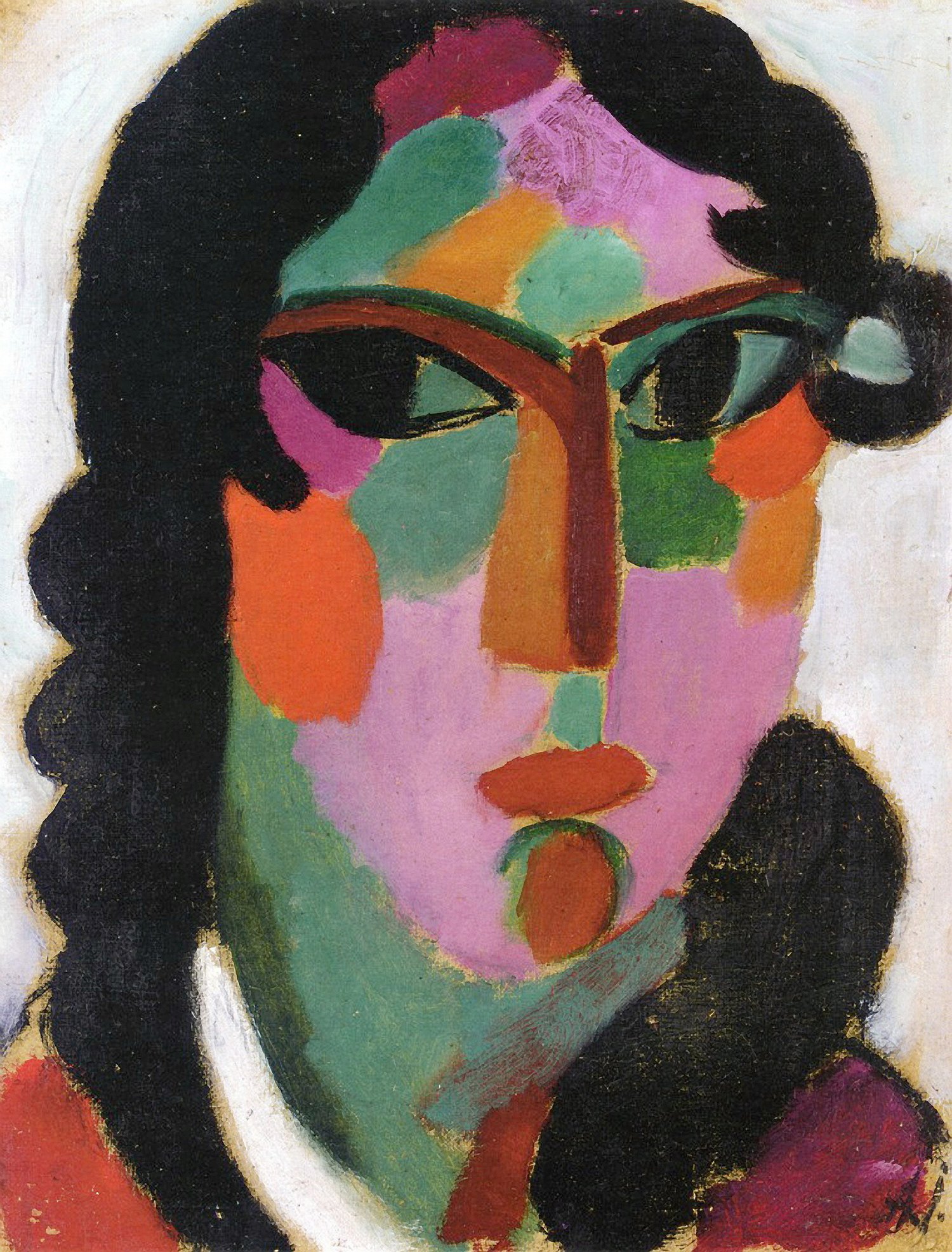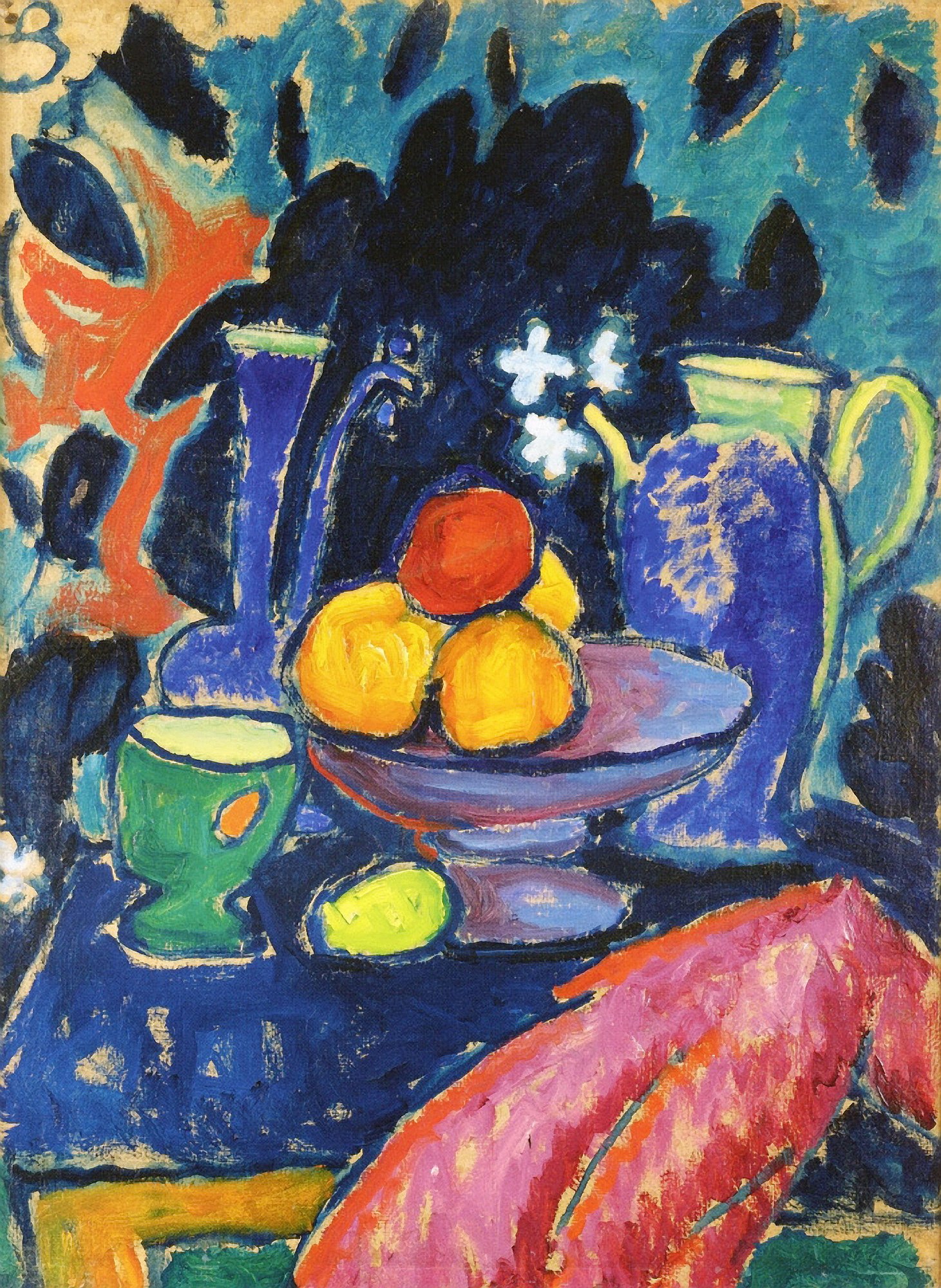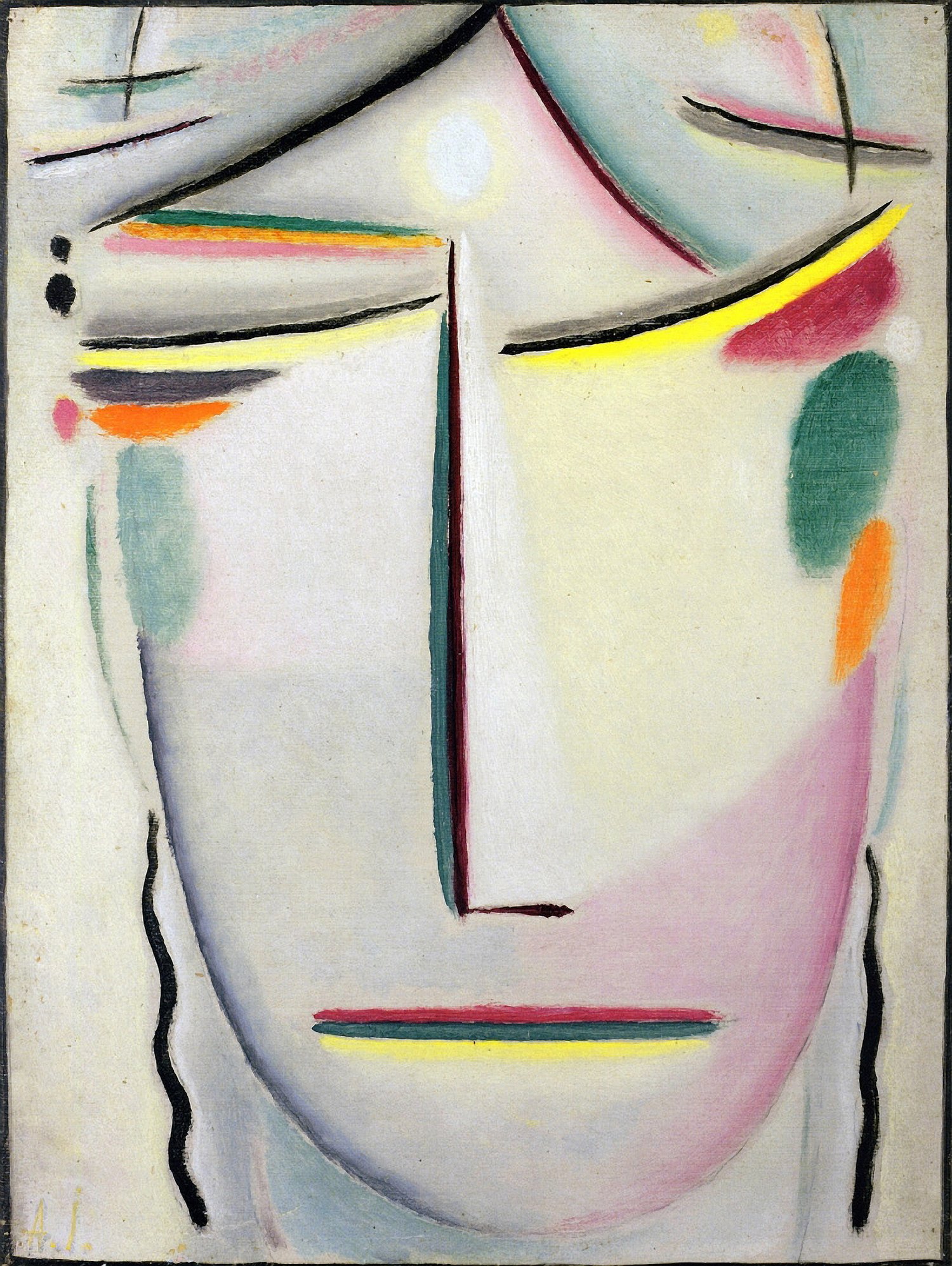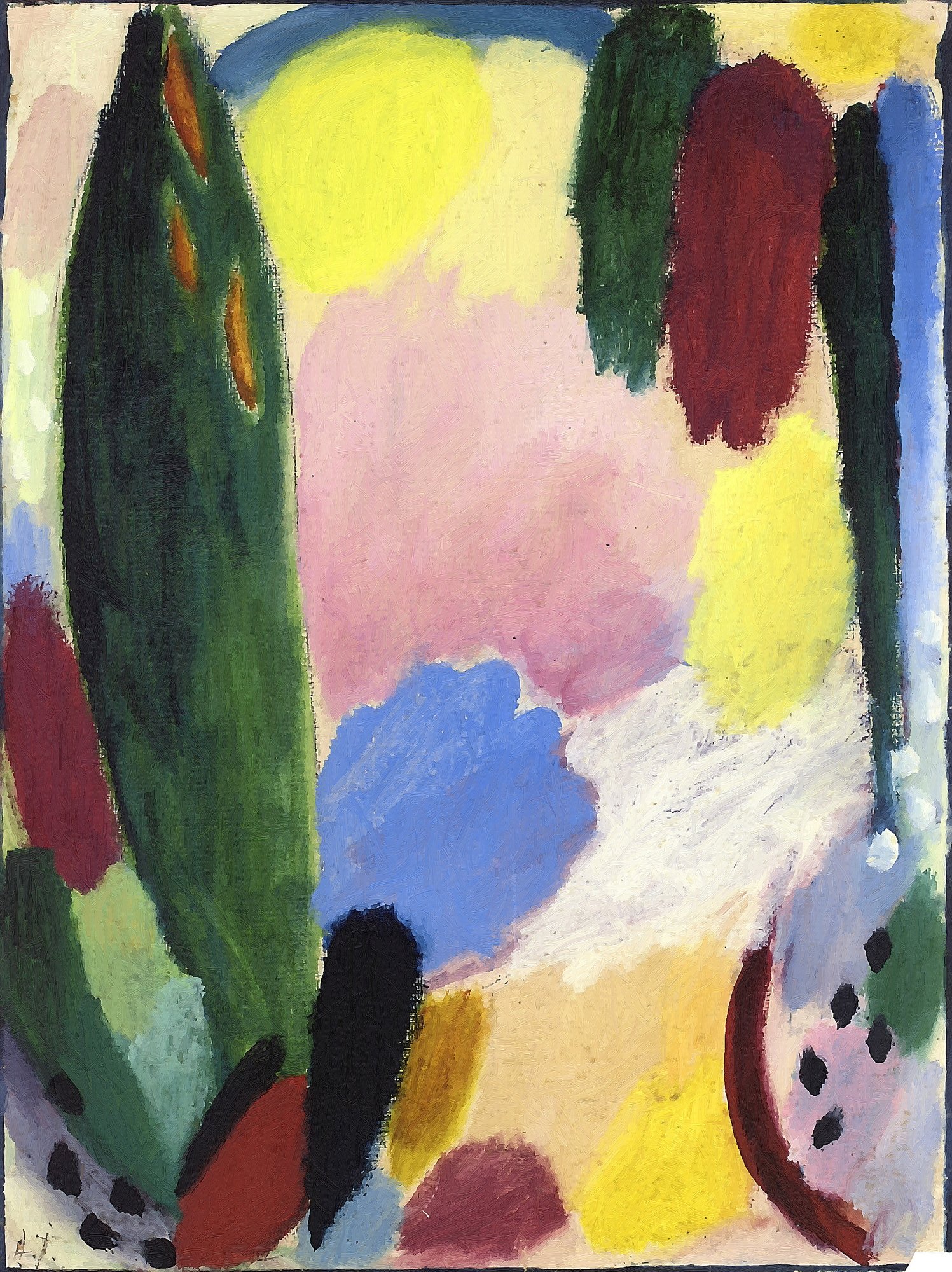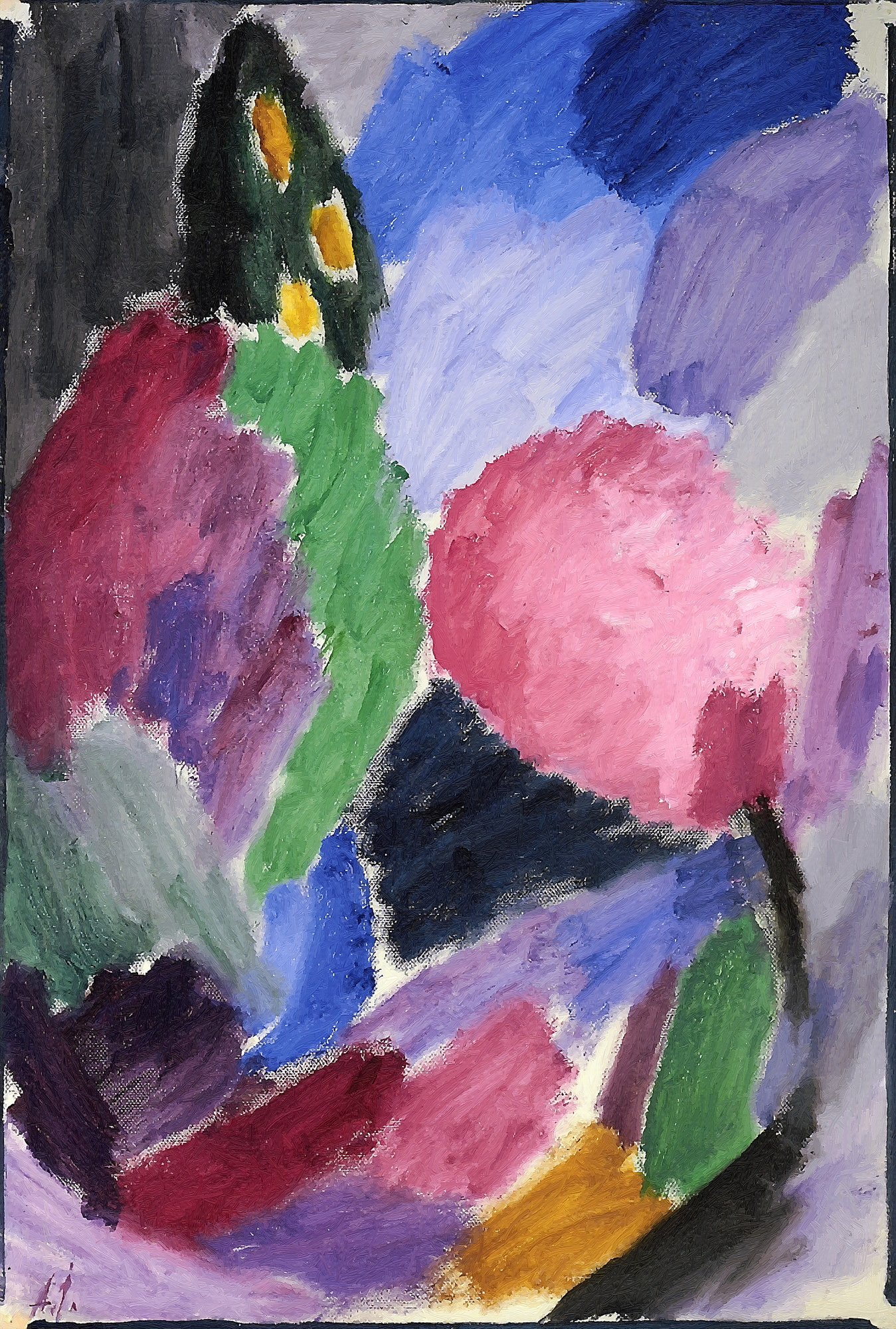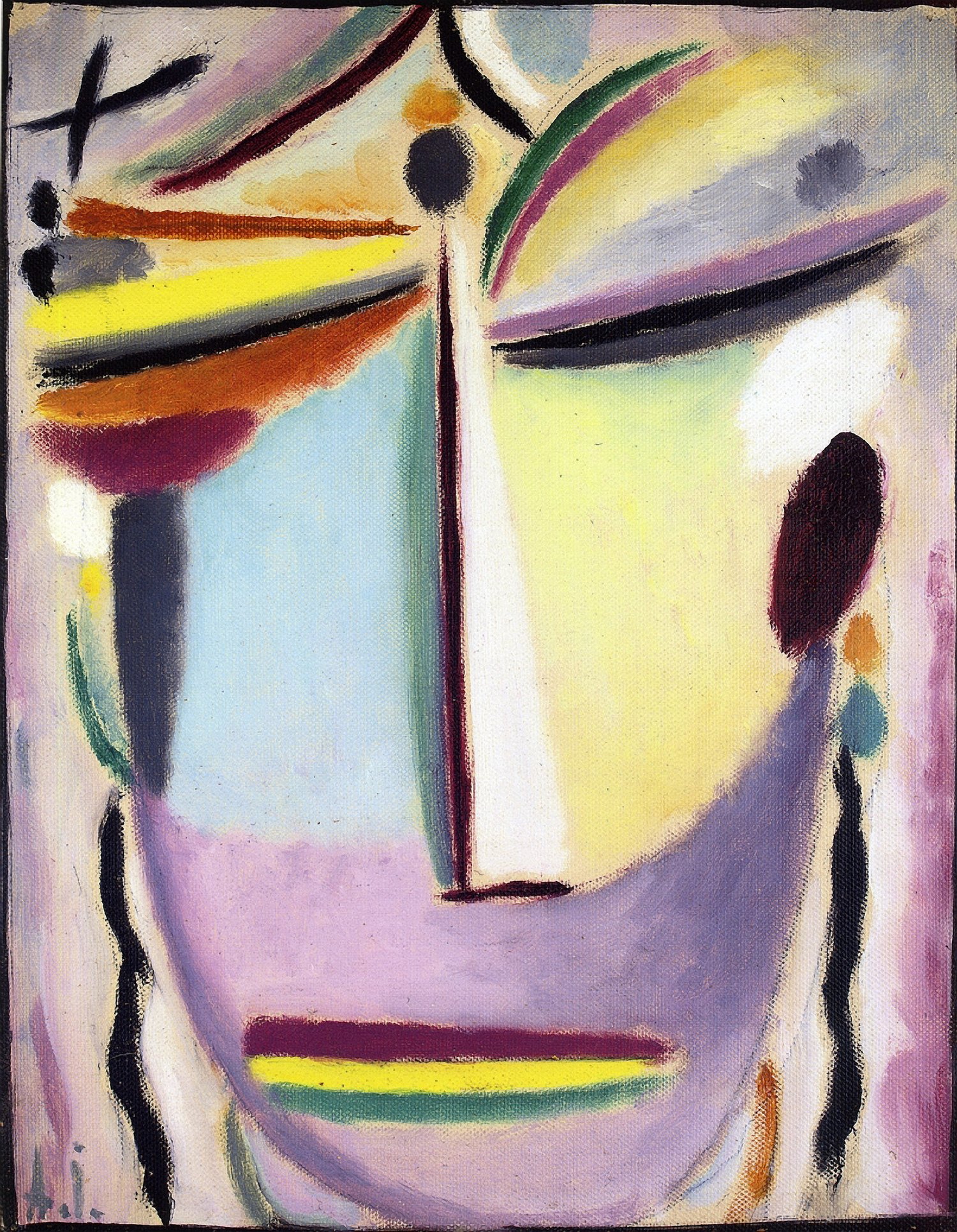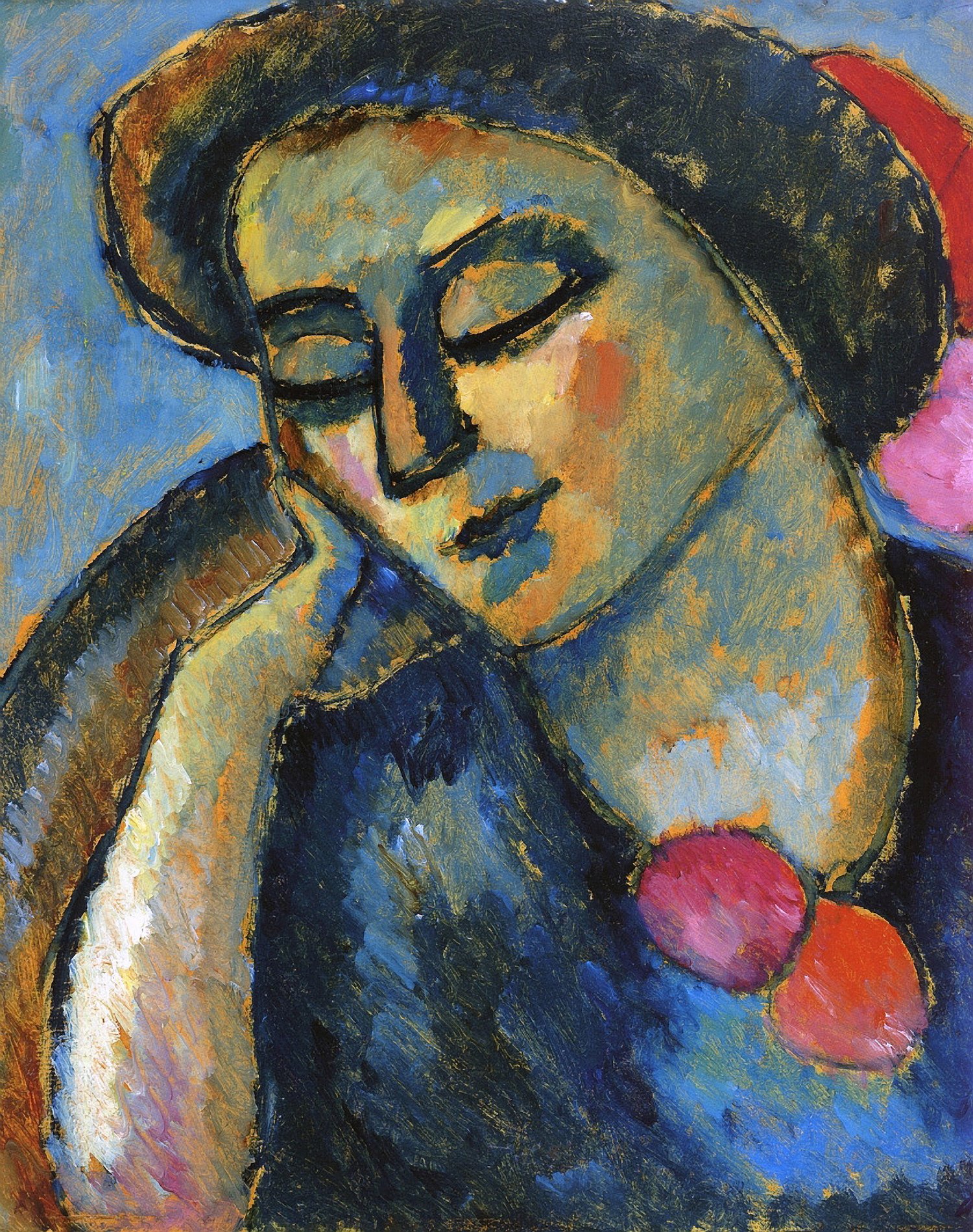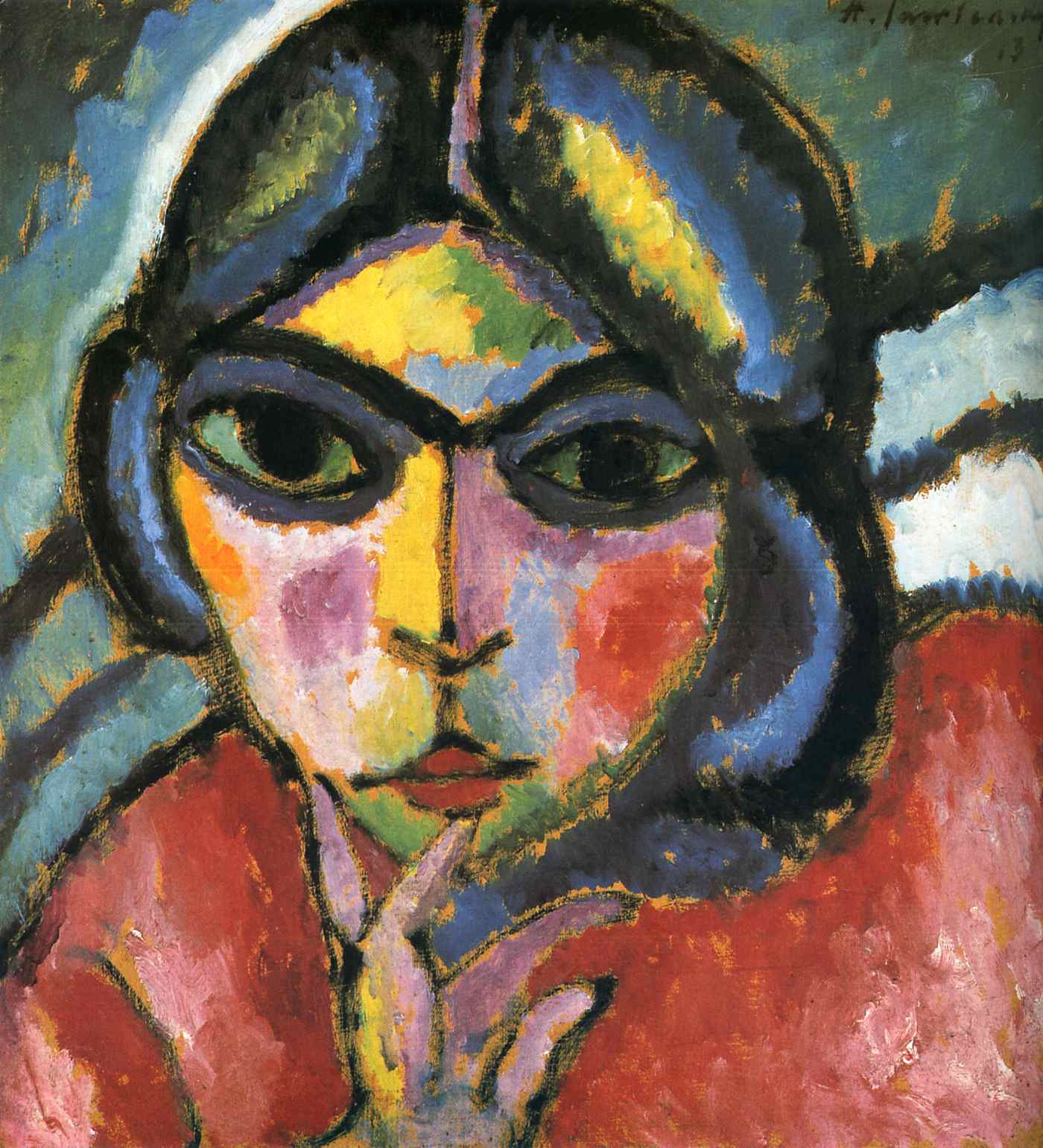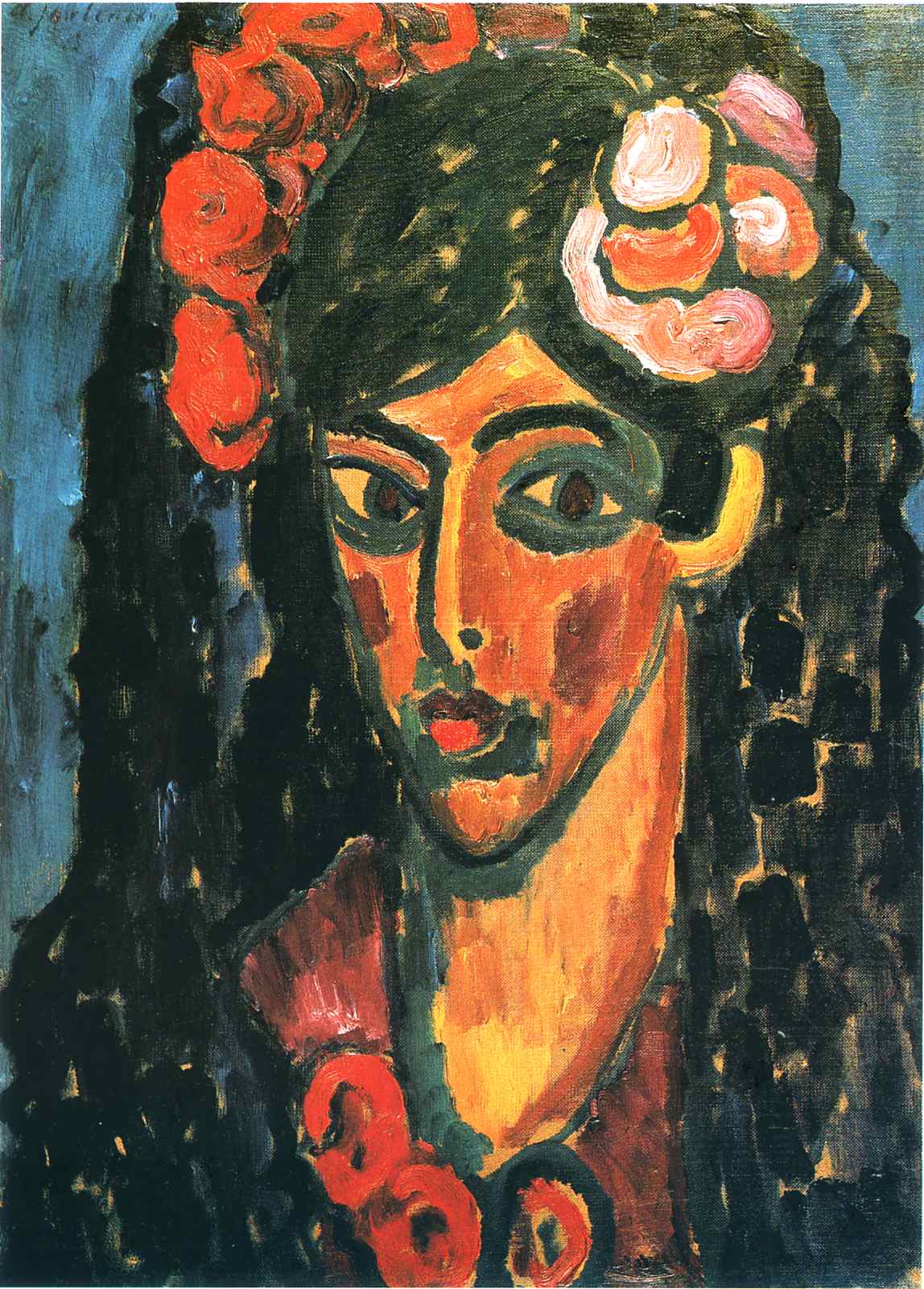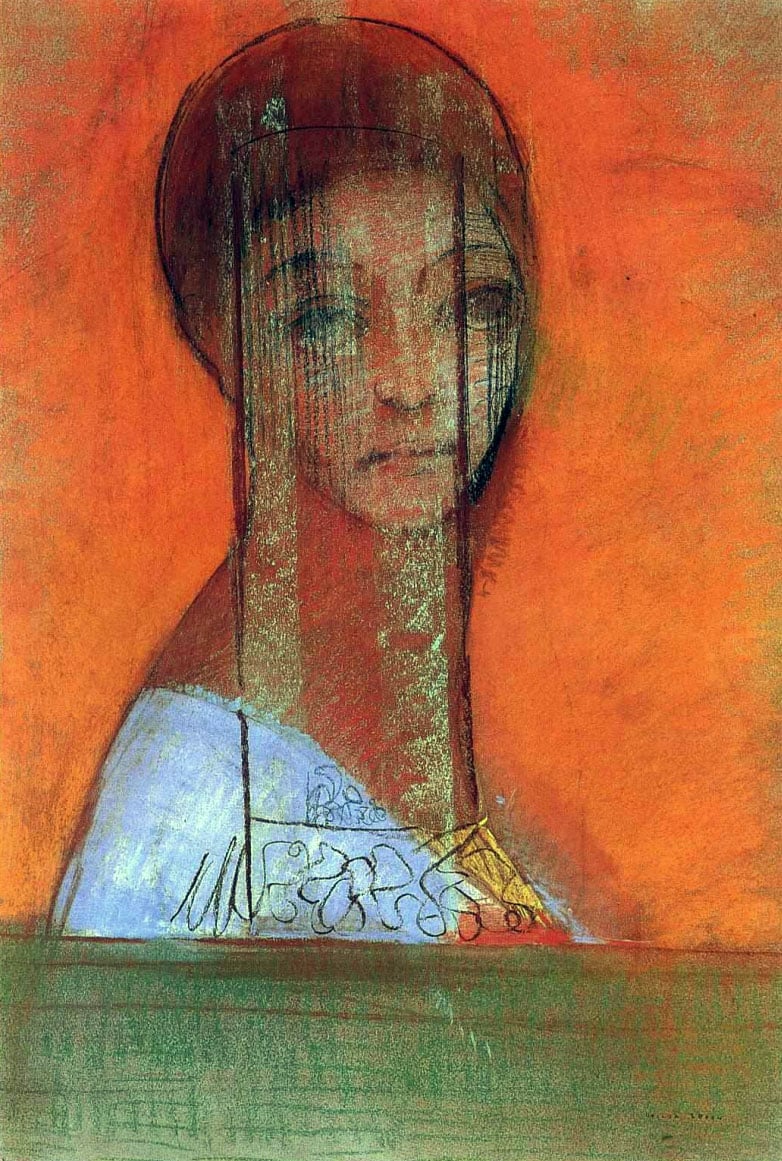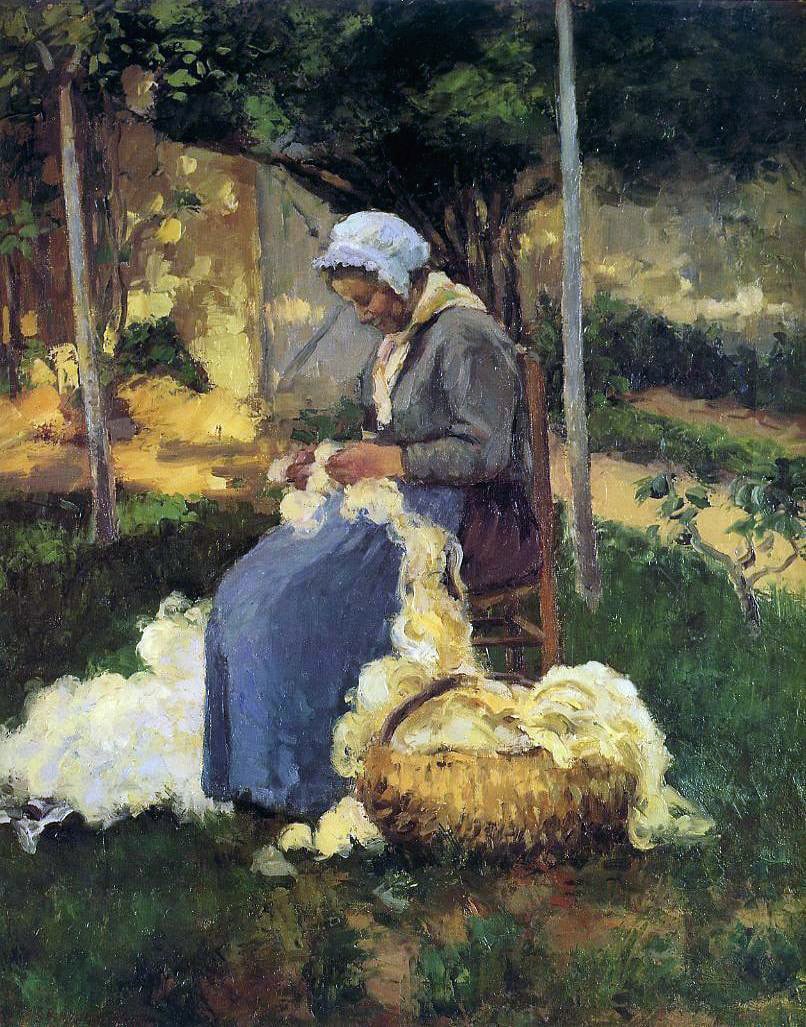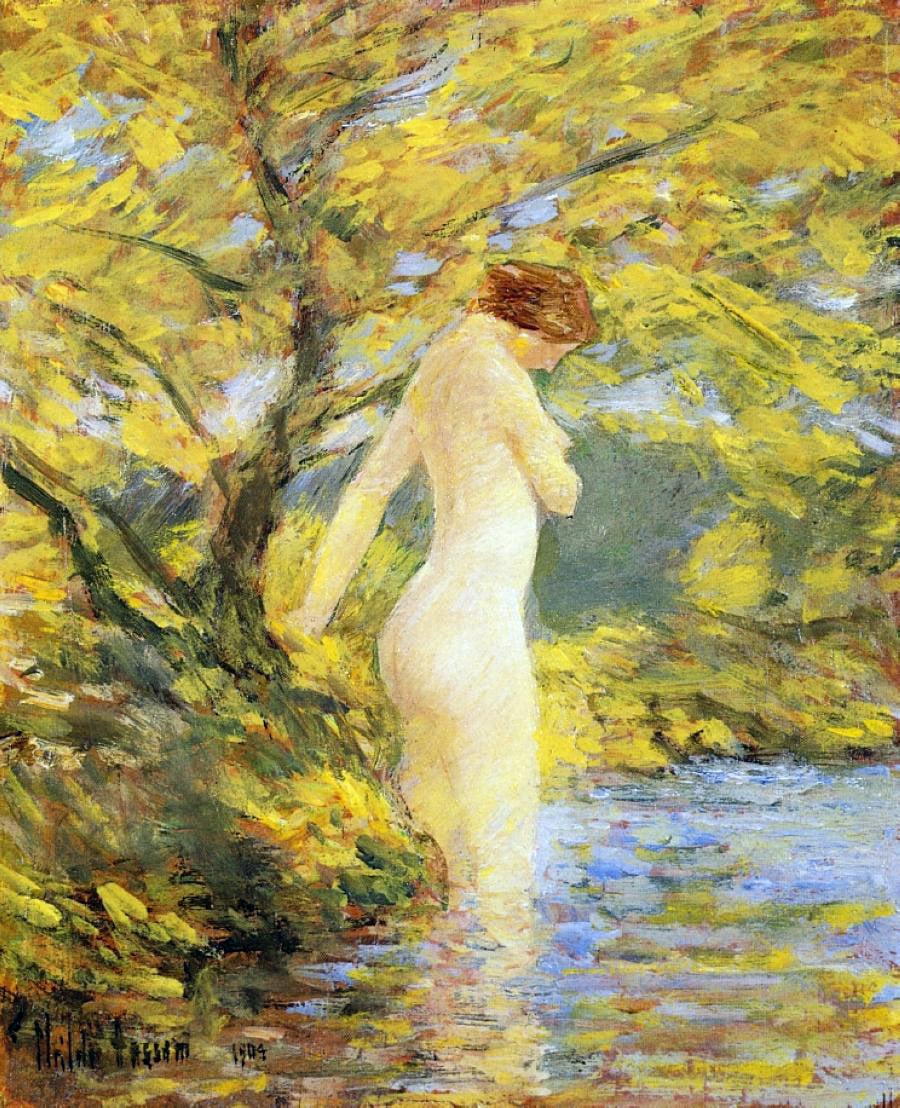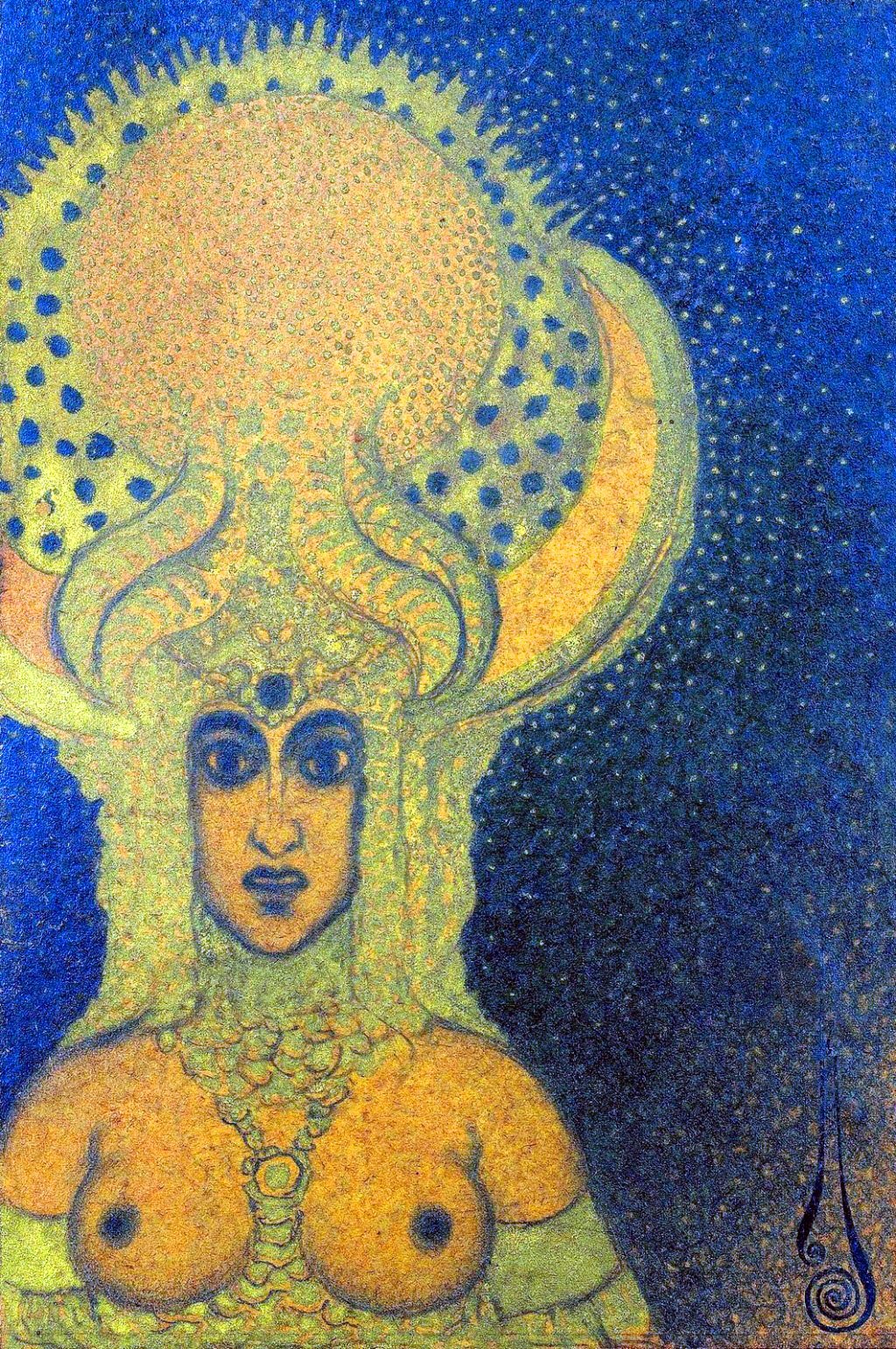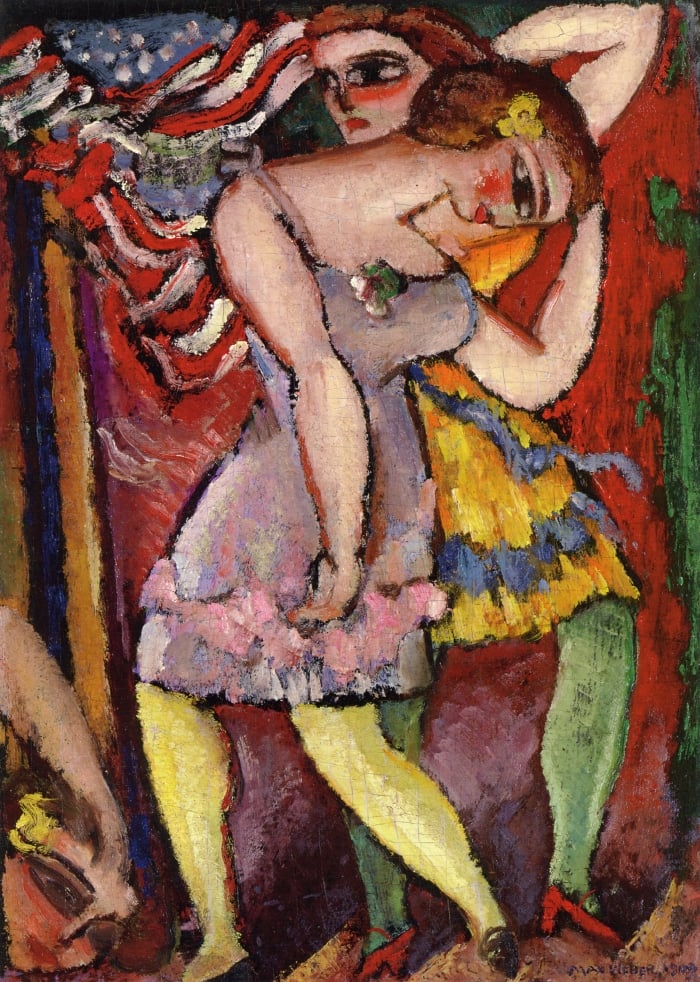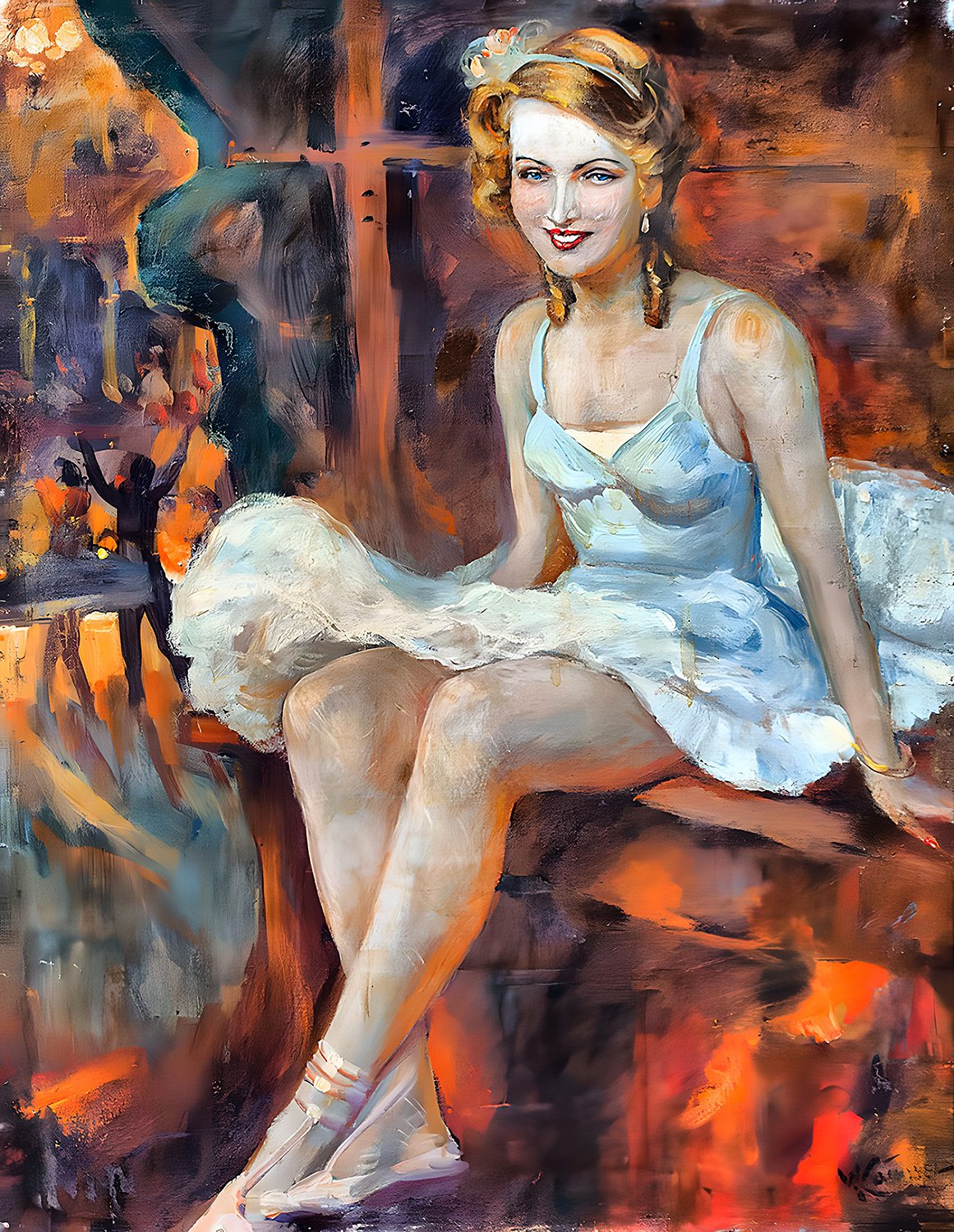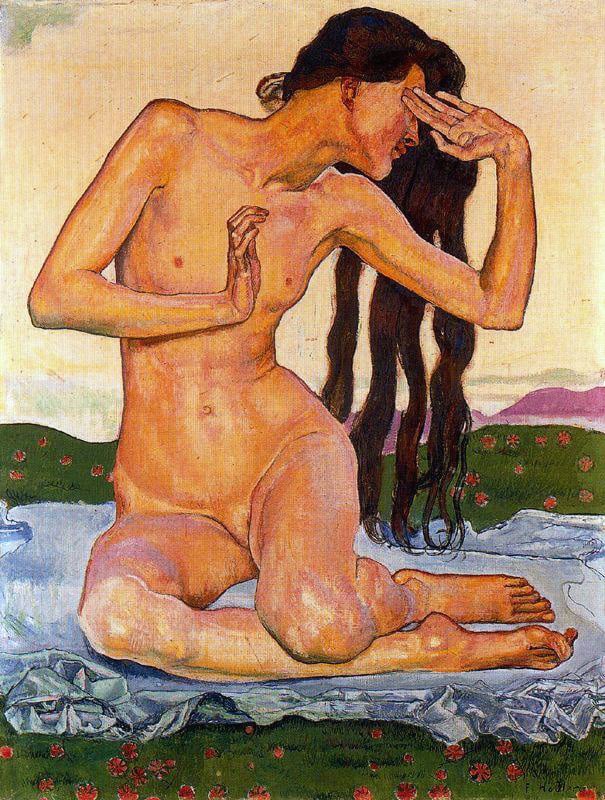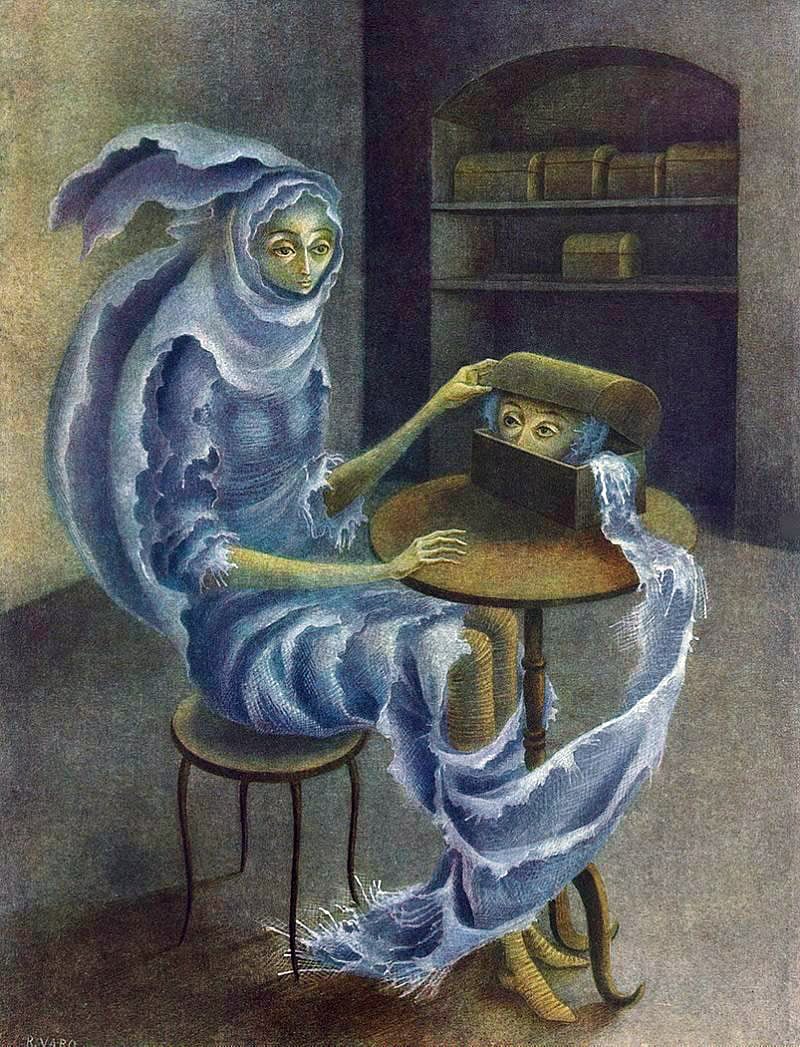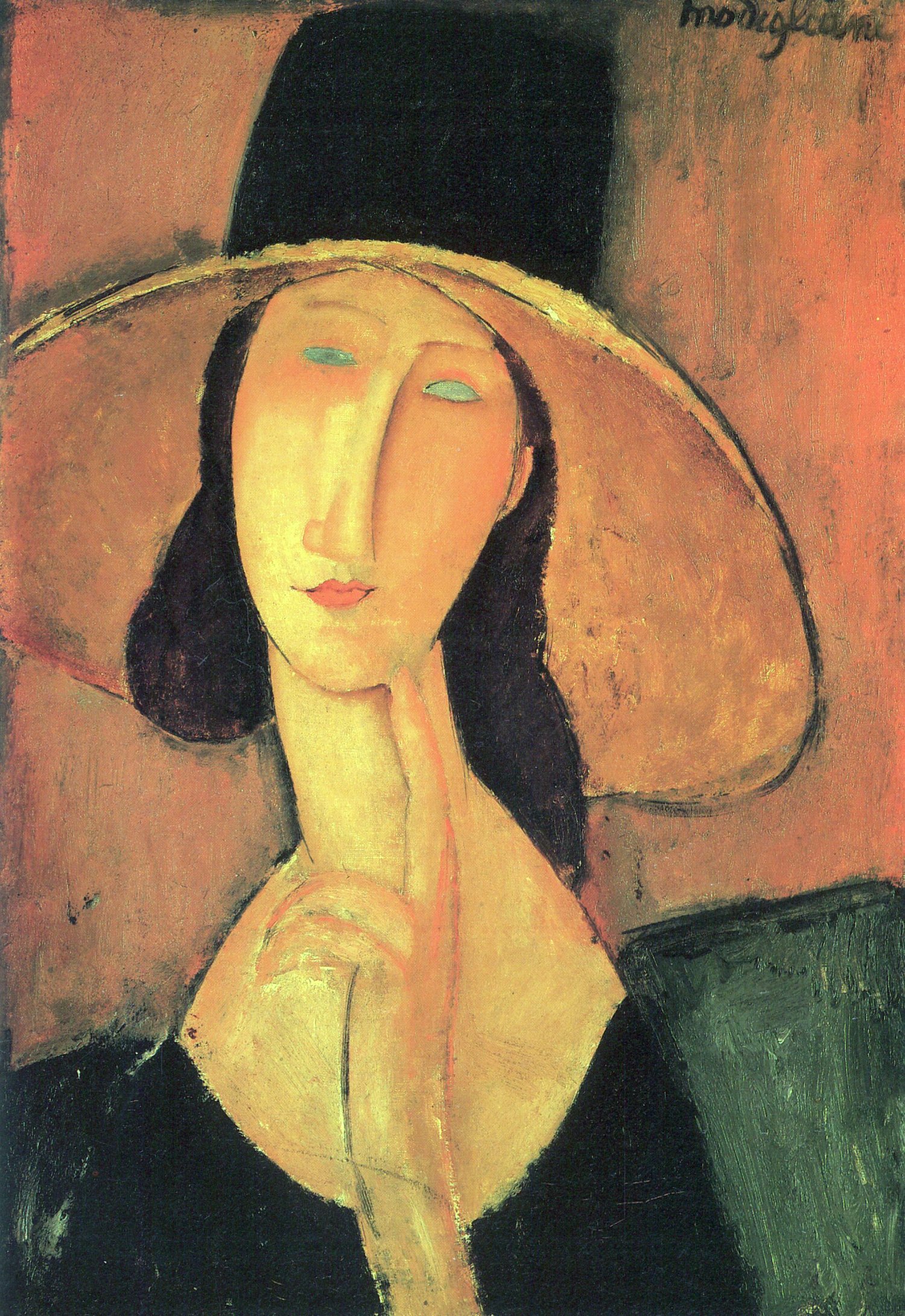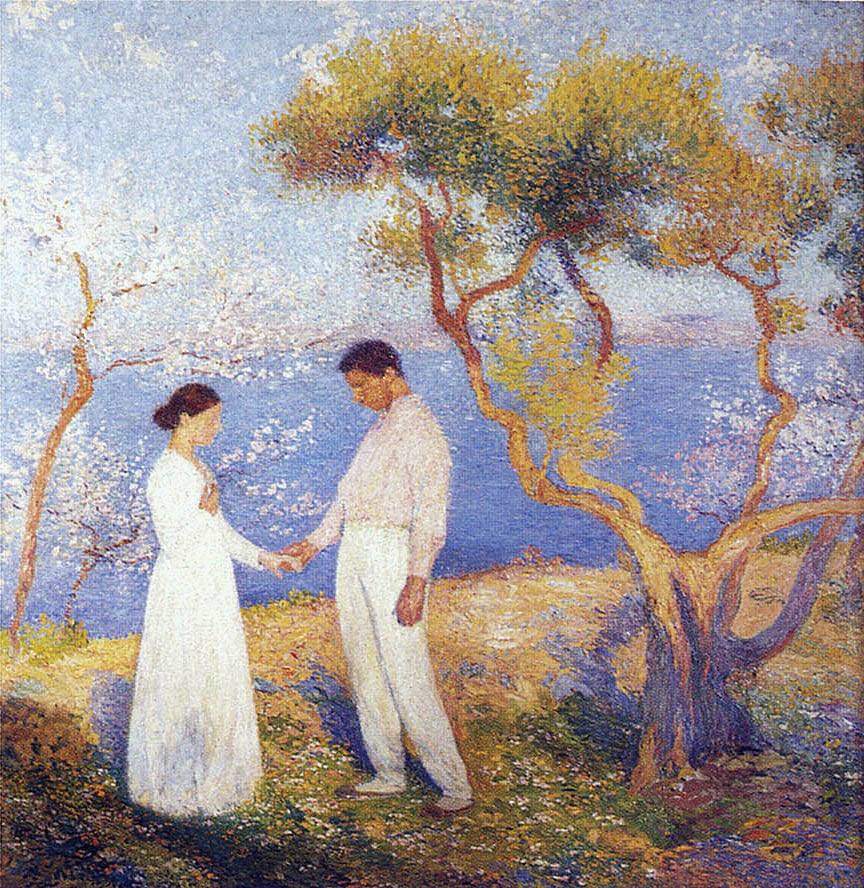Jawlensky Alexey
On Sale
$0.00
$2.99
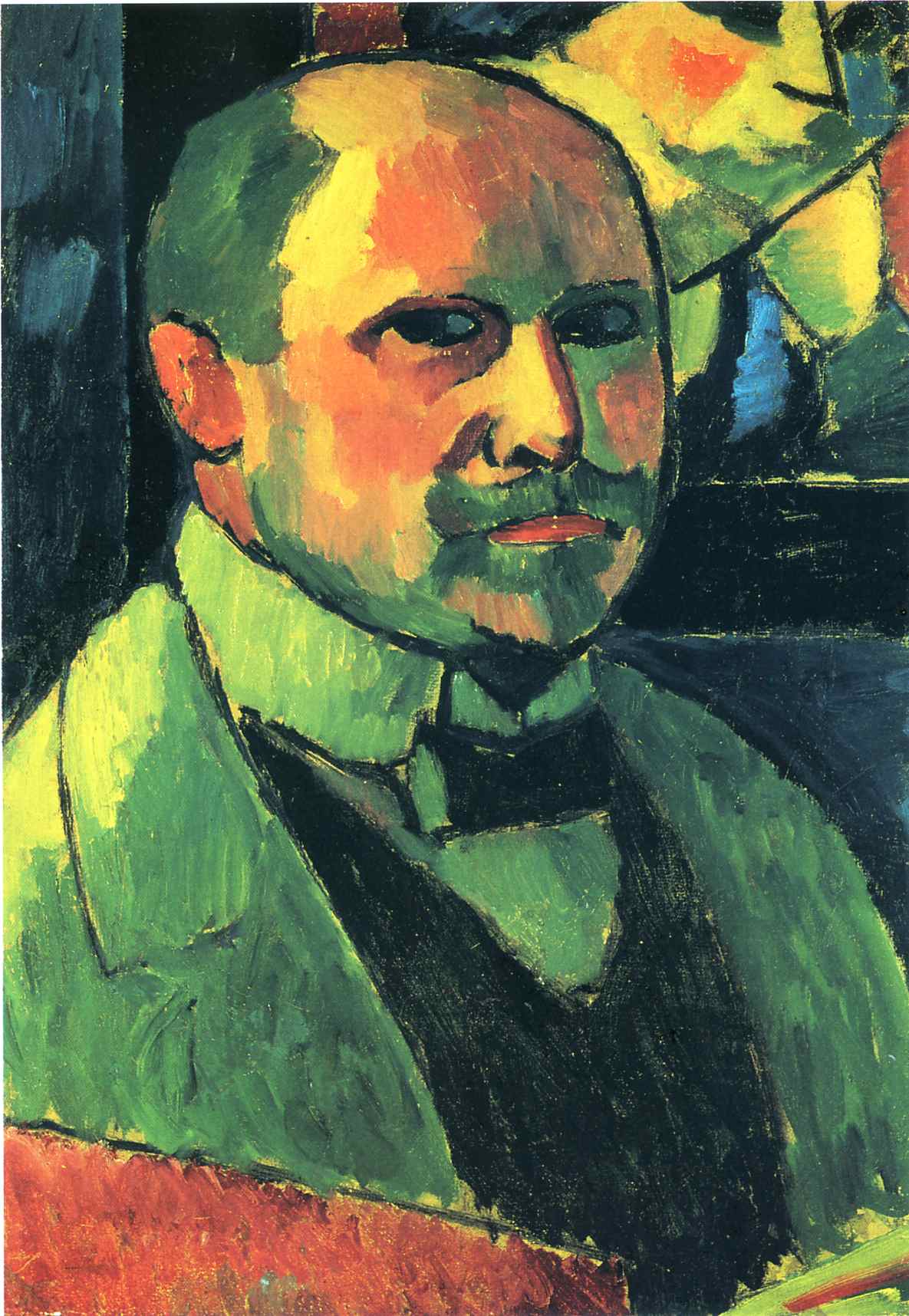
E-book in PDF-format with quantity of masterpieces of this artist for your Home Museum.
Alexey Yavleansky (German: Alexej von Jawlensky; March 13 (25), 1864, Torzhok, Russia - March 15, 1941, Wiesbaden, Germany) - Russian expressionist painter who lived and worked in Germany. He was a member of the "Blue Rider" artists group.He was a Russian guard officer, but painting attracted him. In the end, he decided to leave military service and devote himself entirely to painting. Alexey was a student of Ilya Repin at the St. Petersburg Academy of Arts.
With Marianne Werefkin, a young artist, Yavlensky met as a student of the Academy of Arts, a lieutenant of the Alexander Nevsky Regiment, and a regular at famous meetings in the house of Ilya Repin. She undertakes to teach him, instruct him - they work together in the workshop, they leave for the Werefkin' s estate for summer etudes. Delighted with Yavlensky's successes, Marianne is ready for him at all. Already in love, admired Alexey in vain accepts Marianne's favor for love - she loves his art, is ready to be called a common-law wife, ready to take him away to study in Munich for her “royal” pension, laid after her father’s death. But she does not intend to get married, nor plan a real novel - she despises bodily intimacy.
In 1896 he moved to Munich, where, together with Wassily Kandinsky, he entered the art studio of Anton Azhbe. In 1902, his son Andrei was born, whose mother was the beloved of the artist Elena Neznakomova. Elena Neznakomova was a pupil, a cook and a maid of Marianne Werefkin still in Russia - and went to Munich with her to help with the housework. It will take several years - and even a minor, Elena, will give birth to a son of Yavlensky.
After Munich realism, he wrote in the style of Van Gogh until 1908, when, under the influence of French artists, he developed his own style of colors, which he maintained until the beginning of the First World War.
In 1909, he founded the New Munich Art Association, which preceded the "Blue Rider", a group that was created by Kandinsky and Franz Marc, and which was closely associated with Yavlensky himself. He exhibited his works together with the works of artists of the group.
In 1914, after the start of the war, Yavlensky had to leave Germany and move to Switzerland. Here he began his "Variations" - a series of works devoted to landscape themes.
In Wiesbaden, Yavlensky met a collector and patron of arts, Heinrich Kirchhoff, who began to support him financially. In 1924, he, along with Wassily Kandinsky, Paul Klee and Lionel Feininger, founded the "Blue Quarter" Association, which held its exhibitions in Germany and the USA.
Since 1927, he was constantly tormented by arthritis. Since 1929, the artist has paralyzed the hands and knee joints. It is during this difficult period that the Meditation series appears - the pinnacle of all the work of Alexei Yavlensky. The human face — the object of the artist’s close attention — reaches an extreme degree of abstraction, being at the same time an image of both the face and the cross.
In order to work despite a progressive disease, Yavlensky had to tie his brush to his fixed arms — otherwise he could not work. And yet it is surprising that in the last three years of his work the master was able to write more than 1600 “Meditations”.
Aleksey von Yavlensky died on March 15, 1941 in Wiesbaden, Germany, where he was buried in the Russian Orthodox cemetery.


